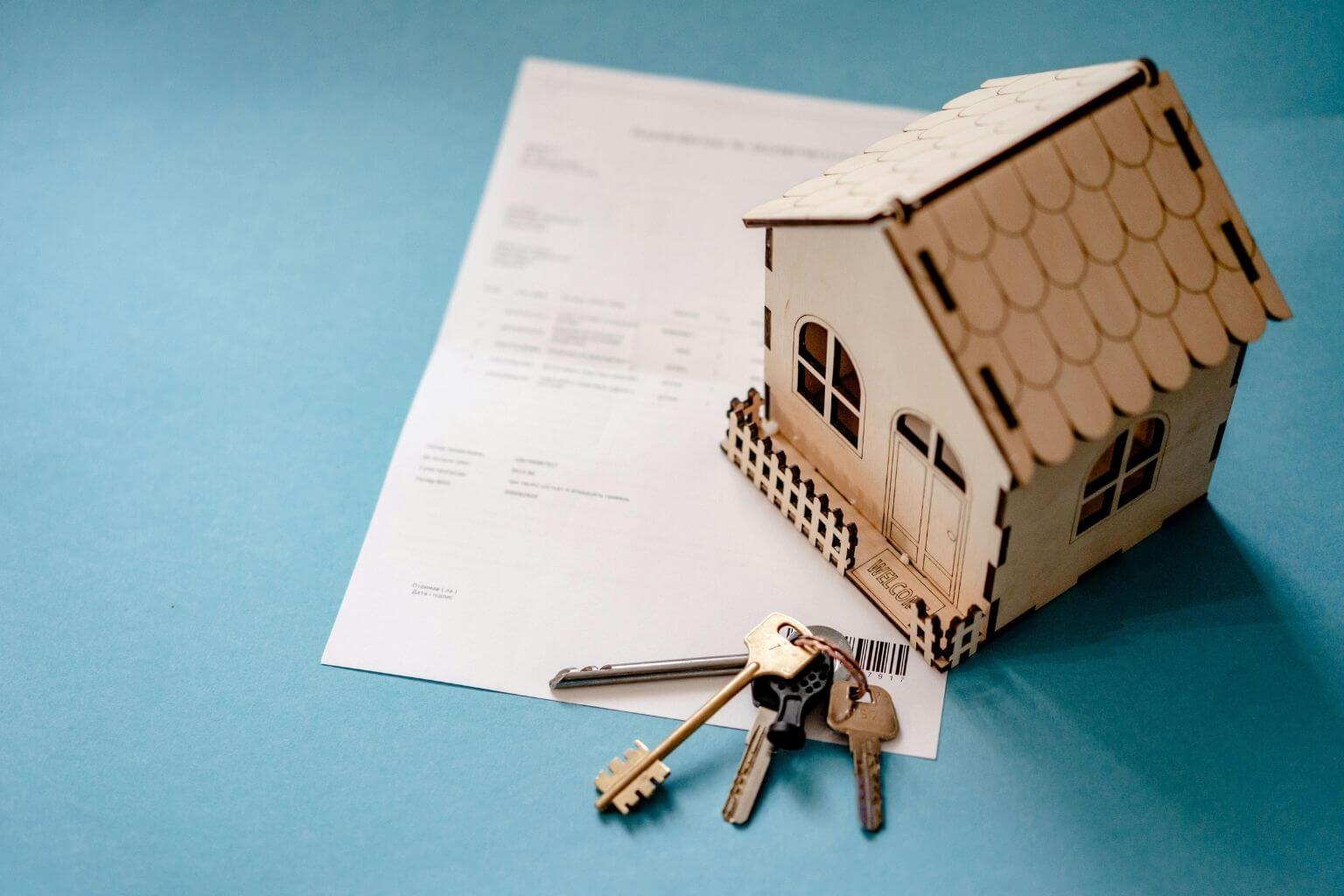Key Takeaways:
-
A mortgage recast lowers your monthly payment after you make a large lump-sum payment toward your loan balance. You get to keep your current interest rate and loan term exactly the same.
-
This process is much cheaper than refinancing because you avoid closing costs and only pay a small fee to your lender. Most servicers require a minimum payment between $5,000 and $10,000 to qualify.
-
Recasting is typically available for conventional loans but is rarely an option for government-backed FHA or VA loans. It is ideal for homeowners who want to improve monthly cash flow without losing a low rate.
Thinking about a recast mortgage? This California guide explains how a single lump-sum payment can lower your monthly bill while your interest rate and loan term stay the same.
We’ll show who usually qualifies, what steps to expect, and how timing works with impounds and escrow, so you know why taxes and insurance might not change right away.
You’ll also see what’s different for jumbo loans and common limits on non-QM programs. As a broker, ID Mortgage can review your note, confirm your servicer’s policy, and run the numbers for you.
If a mortgage recast is not offered on your loan, or if another path saves you more, we will compare extra principal and refinance options so you can choose with confidence.
Quick Links:
- What Is a Mortgage Recast?
- How Does Recasting a Mortgage Work?
- What Does It Cost? Fees, Minimums & Fine Print
- Who’s Eligible? Conventional vs. Jumbo, FHA/VA
- California-Specific Considerations
- Mortgage Recast vs. Principal Payment vs. Refinancing
- Pros and Cons of Recasting a Mortgage
- Step-by-Step: How to Request a Recast
- Talk to ID Mortgage
- FAQs
What Is a Mortgage Recast?
A mortgage recast happens when you make a big one-time payment to your loan principal and ask your lender to reset your monthly payment based on the smaller balance.
So, what is a mortgage recast in simple terms? You keep the same loan, the same interest rate, and the same payoff date. Your lender updates the math so your monthly payment goes down.
The recast mortgage meaning is easy to remember. You are not getting a new loan. You are asking the lender to reamortize mortgage payments after you lower the balance with a lump sum. Because the balance is smaller, the new payment is smaller too.

Recasting is most common with a conventional mortgage in California. Many government-backed loans, like FHA and VA, do not offer this option. Homeowners often consider a refinance after receiving a bonus, inheritance, or proceeds from selling another property.
It is a way to reduce the monthly payment without going through a full refinance with new closing costs and a new rate. If your goal is to free up cash flow each month while keeping your current rate and term, a recast can be a simple, low-friction choice.
How Does Recasting a Mortgage Work?
Here is how recasting a mortgage works, broken into clear steps:
- Check eligibility with your servicer. Ask if your loan type allows recasting. Many servicers want a clean payment history for 6 to 12 months. They will confirm the minimum lump-sum they accept, often 5,000 to 10,000 dollars, and tell you the recast fee if there is one.
- Submit the request. Your servicer may have a short form. This is the start of how to recast a mortgage.
- Make your lump-sum payment. Send the curtailment to the principal using the method your servicer requires. Keep the receipt.
- Wait for posting. Once the payment posts, the servicer updates the loan balance.
- Reamortization happens. The servicer recalculates your monthly principal and interest using the remaining balance and the remaining term. Your rate and payoff date stay the same.
- New payment begins. The lower payment usually starts in one to two billing cycles. Your statement or portal will show the new amount.
Timing and requirements
- When can you recast a mortgage? Most servicers allow it after you have shown on-time payments and meet their equity or balance rules. Some require you to be past a few months from closing.
- Typical costs and minimums. Expect a small administrative fee and a minimum curtailment that meets their threshold. Ask whether multiple recasts are allowed.
If you have impounds for taxes and insurance, those are reviewed on their own schedule. A recast changes only principal and interest. Your escrow part of the payment may not change right away, even if your new principal and interest do.
Pro Tip:
- Be very careful when sending your lump sum. Explicitly label the wire or check as “Principal Reduction for Recast.” If you don’t, some automated systems might treat it as pre-payment for future months (pushing your due date forward) rather than reducing the principal immediately, which delays the process.
What Does It Cost? Fees, Minimums & Fine Print
Most lenders charge a small mortgage recast fee. It is often between $150 and $500, but the exact amount depends on your servicer. You also need a minimum lump-sum payment toward principal.

Many servicers set this between $5,000 and $10,000. Some jumbo programs ask for a higher minimum because the balances are larger.
Ask your servicer a few questions before you send money.
- First, how much does it cost to recast a mortgage with them, including any processing or wire fees?
- Second, what is the minimum curtailment they accept?
- Third, can you recast more than once, and if so, does the fee apply each time?
Many servicers allow multiple recasts, but they usually charge the same small fee every time. Finally, confirm when the new payment will start and whether you need to submit a request form.
Pro Tip:
- If you are currently paying Private Mortgage Insurance (PMI), a recast can do double duty. If your lump-sum payment brings your loan balance down to 80% or less of the home’s original value, ask your servicer to remove the PMI requirement simultaneously. You could save on both the principal payment and the insurance premium.
Who’s Eligible? Conventional vs. Jumbo, FHA/VA
Conventional loans
Most recasts happen on conventional loans, since many servicers support them. Policies vary, but you usually need a clean payment history and a minimum lump sum. If your loan is conventional, you are in the strongest position to request a recast.
Jumbo loans
Some jumbo servicers allow recasts, but rules are tighter. Minimum curtailments can be higher, and approval is more selective. If you have a jumbo mortgage in California, ask your servicer for their exact policy.
Government-backed loans
Homeowners often ask, “Can you refinance an FHA loan?” The usual answer is no. If you have an FHA loan, consider refi paths on the FHA mortgage in California page. Another common question is: “Can you recast a VA loan?” The typical answer is also no.
Non-QM and DSCR
Many non-QM and investor products do not offer recasting. If you use rental income or a debt service coverage ratio, check alternatives like extra principal or a future rate-and-term refinance. See options for investment property loans (DSCR)
If you are unsure which category your loan fits, ID Mortgage can review your note and servicer information and point you to the best path quickly.
Pro Tip:
- This is a popular strategy for move-up buyers in competitive markets. If you need to buy a new home before selling your current one, you can buy with a low down payment to secure the house. Once your old home sells, use the proceeds to recast the new mortgage. This lowers your monthly payment to where you want it to be without needing a complex bridge loan.
California-Specific Considerations
California homeowners face a few details that can affect how a mortgage recast works. One of the biggest differences is how impound or escrow accounts are handled. When your payment changes after the lender reamortizes your mortgage, the principal and interest adjust first.
However, the portion for property taxes and insurance often stays the same until your servicer completes its next annual escrow review. This means your total monthly payment might not drop right away, even though your loan payment portion does.

California also has unique property tax rules under Proposition 13. A recast does not change your home’s assessed value or tax base, so your property taxes will not go up or down because of it.
Many California borrowers choose a recast when they receive a bonus, stock payout, or large client payment, especially common among tech employees and self-employed professionals. It helps lower monthly costs while keeping liquidity for taxes or investments.
If your goal is simply to reduce your payment, learn other ways to lower mortgage payments in California.
Pro Tip:
- Don’t wait for the annual review to lower your total bill. If your recast significantly lowers your payment, you can request an “off-cycle escrow analysis” immediately after the recast is finalized. This forces the servicer to recalculate your tax and insurance cushion right away, rather than waiting months for the automatic adjustment.
Mortgage Recast vs. Principal Payment vs. Refinancing
Understanding the difference between these three options helps you choose what truly fits your goals and budget.
1. Mortgage recast vs. principal payment
- When you make extra principal payments, your total loan balance drops, but your monthly payment usually stays the same. This means you finish the loan sooner and save on interest.
- With a recast, the lender recalculates your monthly payment based on the smaller balance, so your payment goes down, but your loan term stays the same.
- In short, mortgage recast vs principal payment comes down to your goal. If you want lower payments, recast. If you want to pay off faster, make extra principal payments. You can learn more about early payoff options on our page on how to pay off your loan faster.
2. Recast vs. refinance
- A refinance replaces your old loan with a new one, changing the rate, term, or balance. It can help if you want a shorter term, cash-out, or a better rate.
- A recast keeps your same loan and interest rate but lowers the payment. It’s a better choice if your rate is already lower than current market rates and you don’t want to pay closing costs.
- If you need to access equity, explore a cash-out refinance.
3. Simple “If… then…” guide
- If your rate is already low, consider a recast.
- If you expect to sell within two years, skip a recast.
- If you have an adjustable-rate mortgage that might reset soon, consider refinancing to a fixed-rate ARM.

Each option fits a different goal. Compare carefully so you can use your lump sum in the most effective way for your situation.
Pro Tip:
- Try the “Hybrid” approach. After you recast and your required monthly payment drops, keep making the old, higher payment amount anyway. Because the required minimum is lower, a massive portion of that payment will now sweep directly to principal. This creates a snowball effect that pays off your loan years earlier than scheduled.
Pros and Cons of Recasting a Mortgage
Before deciding, it helps to look at the pros and cons of recasting a mortgage so you know exactly what to expect.
Pros
- Lower monthly payments. After your lender adjusts your loan balance, your payment amount goes down, which can free up money for other needs.
- Interest savings over time. Even though your term stays the same, paying a lump sum reduces the total interest you’ll pay.
- Low cost and simple process. Most lenders charge only a small fee, and you don’t need an appraisal, credit check, or new paperwork.
- Keep your current interest rate. This is a big advantage if your rate is lower than what’s available today.
Cons
- Ties up your cash. Once you use the lump sum for a recast, you can’t easily access that money again.
- Not all loans qualify. Some servicers, especially for FHA, VA, or non-QM loans, don’t allow recasting.
- Your payoff date stays the same. You’ll still make payments for the original loan term.
- Limited benefit if selling or refinancing soon. A recast helps most when you plan to keep the home long-term.

So, is recasting a mortgage a good idea? It can be a smart move if you have extra funds, want lower payments, and plan to stay in your home.
Step-by-Step: How to Request a Recast
Call script:
“Hi, I’m asking about a mortgage recast. Can you confirm your policy, the minimum lump sum, the mortgage recast fee, any payment history requirement, the processing timeline, and how escrow will change?”
Checklist:
- Loan number
- Planned curtailment amount
- Proof of funds
- Completed request form
Tip: Before you send money, review how to recast a mortgage in your servicer’s written instructions and ask when the new payment starts.
Talk to ID Mortgage
Upload your note and servicer. We will verify recast eligibility and run custom numbers, then compare extra principal and refinance options. Get a clear plan that matches your goals today.
FAQs
When can you recast a mortgage?
Most lenders allow it after six to twelve months of on-time payments and when you meet their minimum lump-sum and equity rules.
Should I recast my mortgage?
Consider it if you want lower monthly payments and plan to stay in your home for several years.
Can you recast an FHA loan?
No, FHA loans generally don’t allow recasting. Check the FHA mortgage in California for refinance options.
Can you recast a VA loan?
No, VA loans rarely allow recasting. Learn more about VA home loans in CA.
What does it mean to reamortize mortgage payments?
It means your lender recalculates your loan payments based on a smaller balance and the same remaining term, lowering your monthly payment.




